The Rest is Noise: Listening to the Twentieth Century
£16.10
The Rest is Noise: Listening to the Twentieth Century [Paperback] Ross, Alex
Read more
Additional information
| Publisher | Harper Perennial, 1st edition (5 Mar. 2009) |
|---|---|
| Language | English |
| Paperback | 726 pages |
| ISBN-10 | 1841154768 |
| ISBN-13 | 978-1841154763 |
| Dimensions | 15.29 x 4.62 x 23.39 cm |



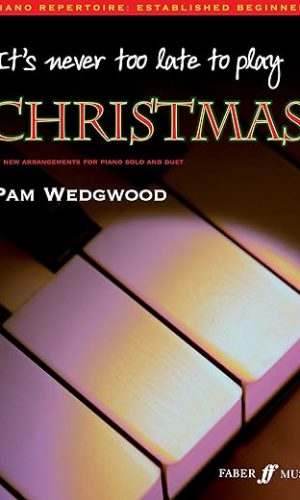


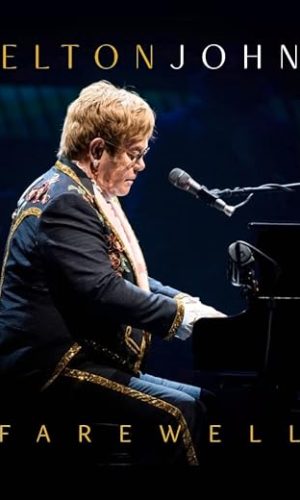
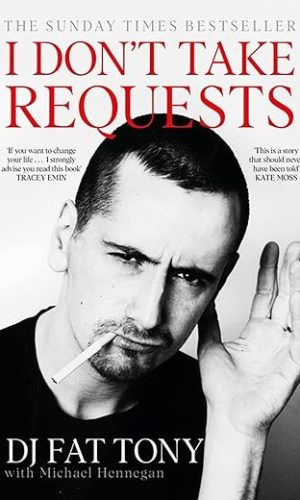
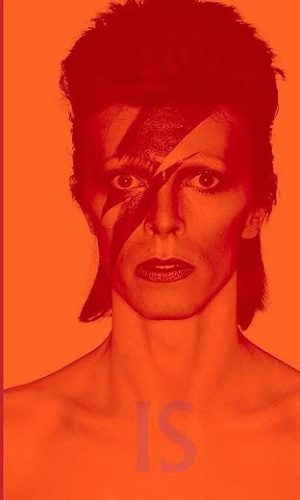
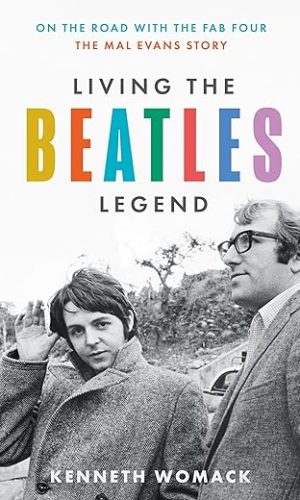
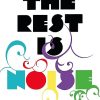
by Toby Frith
It is often said that modern “classical” music is unlistenable, and very much a poor relation of its forebears, struggling to find its own identity in the shadows of such giants as Beethoven and Wagner. In this illuminating history of modern music throughout the 20th century, Ross, who is music critic for the New Yorker, never denies this fact, but populates his prose with such authority that it is harder to see this so-called decline and turns intrigue into interest.
The conflict that engulfed Europe throughout this period impacted enormously upon musical tradition and its composers. Ross highlights in particular the inner turmoil and privations of luminaries such as Richard Strauss, Stravinsky and Shostakovich. Strauss in particular cuts a rather forlorn figure, the penumbra of genius that shone around him during his early years in Vienna and trips to the USA fading dramatically as he opted to publicly sanction the Nazi regime whilst privately harbouring enormous doubt about its moral worth. The dandy-like figure of Stravinsky is the darling of the West after the tumult of “The Rite of Spring”, but is dismissed by Ross as being “more famous for who he was, rather than for his music”. Shostakovich is a composer trapped in a dark world, his work appropriated beyond his grasp, and in a tragic end used as a mouthpiece for the totalitarian regime he decided not to leave, whilst the Finnish composer and alcoholic Sibelius is doomed to wander in solitude trapped by silence in the icy forests that gave him so much inspiration. These were the last European composers who drew from the romantic tradition, because elsewhere much was happening in the musical world, most notably with Schoenberg in Vienna, and his dedication to the new compositional method known as Serialism. His notable disciples include Berg and Webern, whose work would dazzle the likes of Boulez and Cage later on, the latter an unashamed and until recently unknown Nazi sympathizer who came to an unfortunate end just after the end of the war.
The Second World War brought to an end what many would call the European classical tradition. Ross skilfully notes that virtually any European composer of any note after the war was profoundly affected in some way by the conflict. Olivier Messiaen, who went onto compose works of compelling beauty that were influenced both by his devout Catholicism and his fascination with birds, was captured by the Nazis and luckily had a jailer who recognised his talents whilst incarcerated at Stalag Luft VIII that he was able to continue to compose in relative peace. Xenakis, who lost his left eye in the Greek Resistance, trained to become an architect and then went to compose dense music with a unique mathematical angle. Most famously, Stockhausen lost his father on the Eastern front and his mother to a mental institution, and as a teenage boy helped as a stretcher bearer on the front. The sheer sight of so much death and destruction was influential in his almost messianic belief in the new esperanto of electronics and serialism as the Darmstadt school gained ground in the 50’s.
Against the backdrop of European decay is the growing might of American music. Ives, Copland and Gershwin are the New World’s first shining stars, helped by the creative affluence of Roosevelt’s New Deal, and after the War they are joined by the likes of Cage, Reich and Feldman, their wholly unorthodox approach tying in with the new school of thought propagated by Boulez and Stockhausen in the old world. Perhaps most significantly the author dedicates time to the American reconstruction of culture in Germany and Europe, that helped so much to build the avant-garde base from which the Darmstadt school appeared.
Ross also produces a wonderful piece of insight by noting that unlike the 19th century, religion in music returned in considerable strength. Whereas only Verdi and Berlioz produced requiems during the 19th, devotional music abounded during the 20th. Schoenberg and Stravinsky both responded early on to sexual liberation and mass consumption during the 20’s with biblically themed music, and as mentioned before, Messiaen made it his very raison d’etre, culminating with the grand 5 hour opera St Francis of Assisi, an epic to match Wagner’s Parsifal. Modern Europe became much more secular but drew inspiration from mysticism. Stockhausen’s most arresting work, Gesang der Junglinge, takes its story from the old Testament book of Daniel.
Opera is where Ross seems to be at his happiest, spending considerable time analyzing Salome, Porgy & Bess and Peter Grimes, the latter being the only notable contribution by a British composer (Benjamin Britten) to the book, and perhaps lending weight to the old 19th century criticism that England was “the land without music”. Indeed, in such a far-reaching book, it would be impossible to cover all areas and list all composers, and to his credit, he manages instead to concentrate on those who made the most significant contributions. He also manages to weave in, albeit in small doses, the influence that composers would have on Jazz and Rock artists, for instance when Charlie Parker noticed Stravinsky in the audience one evening and weaved in a small motif from Firebird into Koko to the composer’s considerable delight.
The general disdain and disinterest that much of the listening public have shown towards music from the 20th century is mostly due to its inherent complexity and lack of tonal structure. Arguably one of the most popular of all works, Carmina Burana, was made by the avowed Nazi sympathizer Hans Pfitzner, which shows that works of relative melodic harmony often came from disdainful individuals. Ross shows with great skill that the massive upheaval that Europe in particular suffered was the main source of this great change in music, and that in the relative calm of the new world, even there the sacredness of tonality would be undermined by the avant-garde. The Rest is Noise is a wonderful read, and a great launching point for anyone interested not only in electronic music, but in the roots of what we listen to today.
by R
Where to start with a book which has such a huge scope? The history of twentieth century music could fill many, many books, and attempting to distill this extraordinary canon into one (admittedly very thick) book is no mean feat, but I couldn’t imagine anyone doing it better than Alex Ross. Obviously, any music fan will find omissions, but Ross does his best to cover all of the important music developments of the century while managing this fairness with a partisan streak which makes his writing polemical, independent and passionate. Knowledgeable and opinionated, Ross makes the perfect guide for a long musical tour.
The landscape created by Mahler and Strauss forms the opening stage of the book, creating the platform on which musical modernism is based. From here, Ross expertly chronicles the divergent strands which split off from the revolutionary Viennese composers of the late nineteenth century, allowing us to understand the conflicts which shaped music for many years to come. Perhaps the most important development here is serialism, the radical streak which pulled music apart as the century developed. Although sympathetic to the revolutionary nature of serialist composers like Schoenberg and Webern, Ross rejects the more puritannical strand of atonal music, voicing his support for diversity in music. Ross is willing to champion composers like Sibelius and Copland, reclaiming them from labels of ‘conservatism’. While my own sympathies lie with experimental music, I feel it is unfair to denigrate composers for writing for a mass audience and I applaud Ross for his reclamation of some very talented composers from their critics.
As the century develops, the polarity between tonal and atonal music grows wider, perpetuated by the aggressive interventions of the likes of Boulez. Although he offers an excellent history of post-war experimental music (he particularly recommends Stockhausen’s ‘Gruppen’, a recommendation which I would echo), Ross is never willing to ‘sell out’ to the experimentalists, and he seems relieved when the minimalists bring tonality back to music. Perhaps Ross can be characterised as an admirer of American music above all else, ensuring he does not throw his weight behind the Eurocentric tradition of classical music. This is Ross’ strength: his autonomy prevents him from ever succumbing to conventional wisdom. As the century ends, so many voices proclaim the death of classical music. Ever contrary, Ross says otherwise. He looks at the classical influences on pop music and on the new ways of disseminating music and concludes that the present age gives many more opportunities for composers, particularly those not from traditional wealthy, male, European backgrounds. Although I’m not entirely sold on this argument, I would like to believe it, and Ross’ passion is so infectious that it is hard not to believe him. He presents twentieth century classical music as a living organism which keeps breathing. Rather than being weakened by its age, Ross paints it as stronger than ever.